It’s time for another carnival. Though it is a meager one, I hope that you will get your fill of fun and revelry.
Hermeneutics
Matt Emerson has an excellent series on the various methods of biblical exegesis. Emerson provides a snapshot of his Method and follows that post up with a look at the constituent parts of the method in these posts: Christocentric Method, Pneumatological Method, Canonical Method, and Narrative Method.
Biblical Studies
John Himes guess-posts over at Paroikos Bible Blog. He asks “What Shall We Do with Those Idioms?” What is an idiom? How should translators handle idioms? Four options are open to translators: 1) “literal” translation that creates the same idiom in the target language, 2) from idiom to nonidiom, 3) from idiom to idiom, and 4) from nonidiom to idiom.
Mark Goodacre has asked an excellent question about the role of blogs in the world of scholarship in his post: Peer-reviewed article responding to a blog post: what is the etiquette?
Old Testament
Andrew King, over at “The Blog of the Twelve,” writes about the The Literary Function of the Remnant Motif in Isaiah’s Royal Narrative as an “indicator of the monarchial climate in Judah.”
James Pate has posted an excellent overview of the problematic passage Deuteronomy 24:4: Why Was the Ex-Wife Defiled? In this article, Pate summarizes the solutions of 7 different commentators while offering his thoughts along the way.
Bob MacDonald continues his series on Bervard Childs’ The Struggle to understand Isaiah as Christian Scripture as well as his series Memorizing the Psalms.
An atheist explores text critical issues related to the David and Goliath narratives found in 1Sam 17; 2Sam 21:19; 1Chr 20:5 in his series “Who Killed Goliath?” This is part 4 of an ongoing series that chart the textual affinities shared between these passages in the Hebrew and Old Greek versions.
New Testament
Jordan Burt, a student of James McGrath provides the definitive explanation for the peculiar inclusion of “153 fish” in John 21 here. While you are over at Patheos, stay a spell. McGrath, in his post Is Historical Jesus Research Futile, entreats us to not throw out the baby with the bathwater; historical Jesus research is both helpful and necessary despite some of the eccentricities often characteristic of this field of study.
Though David Black’s New Testament Greek Portal is neither specific to the month of April nor a blog, per se, it is a regularly updated annotated bibliography of the all things pertaining to New Testament Greek online.
Dan Wallace shares an interview he had with Katherine Weber of the Christian Post concerning The Authenticity of the Gospel of Judas.
Theology
Consider yourself forewarned, Adam Parker connects Jonathan Edwards’ theory of original sin with the new movie Oblivion in his spoiler of a post Jonathan Edwards, Co-Writer of Oblivion.
Early Christianity
Larry Hurtado talks about his recent lectures in the States in these three posts: “Revelatory” Experiences and Religious Innovation, “Early Christian Monotheism”, and Jesus in Early Christian Prayer.
Art and the Bible
Victoria Jones’ post Homeless Jesus sculpture finds a home, over at “The Jesus Question,” interacts with Timothy P. Schmalz’s artistic interpretation of Matthew 25 as a resident of Cambridge Massachusetts. While we’re on the subject, Michele Stopera Freyhauf asks “Why are We Troubled by a Homeless Jesus“.
Book Reviews
- Abram KJ and Mark Stevens review Douglas Huffman’s The Handy Guide to New Testament Greek
- Mark Stevens reviews H. Daniel Zacharias’ The Singing Grammarian.
- Brian LePort, Justin Boulmay, reviews Scot McKnight and Joseph B. Modica’s Jesus Is Lord, Caesar Is Not.
- Nick Norelli reviews Invitation to Biblical Interpretation: Exploring the Hermeneutical Triad of History, Literature, and Theology.
- Tom Verenna reviews Bart Ehrman and the Quest of the Historical Jesus of Nazareth.
- Believe, Teach, and Confess reviews Herb Bateman’s Charts on Hebrews.
- Rod Decker reviews Dave Brunn’s One Bible, Many Versions: Are All Translations Created Equal?
- James McGrafth reviews two recently published commentaries on the Gospel of John by Urban von Wahlde and J. Ramsey Michaels here.
- For more book reviews, see Brian LePort’s post that links to 23 book reviews that have been published from March-April 13 here.
Next month’s Carnival will be hosted by Jeff Carter. Make sure to visit his blog That Jeff Carter Was Here, and send him whatever links you think should be in the May Carnival.


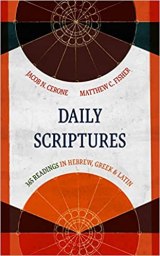
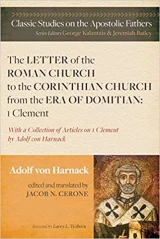

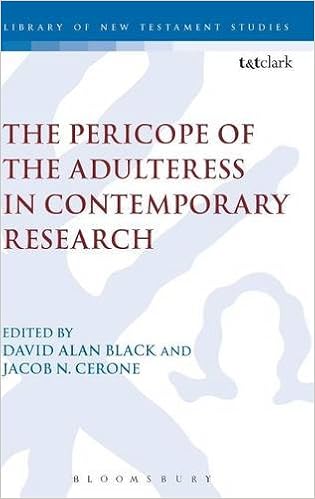
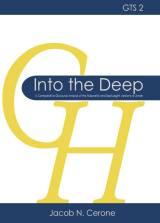
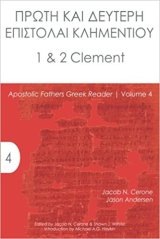
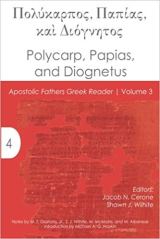
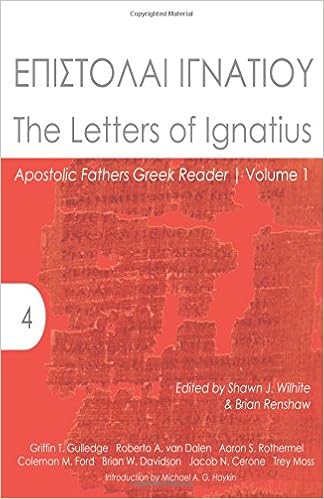
Pingback: A Carnival of the Biblical Studies Persuasion | The Blog of the Twelve
Pingback: April 2013 Biblical Studies Carnival
Pingback: Cool Point on the Song of Songs | James' Ramblings
Pingback: April Biblical Studies Carnival | ἐνθύμησις | MIDEAST BIBLE
Pingback: Biblical Studies Carnival XCIV: December 2013 | Cataclysmic